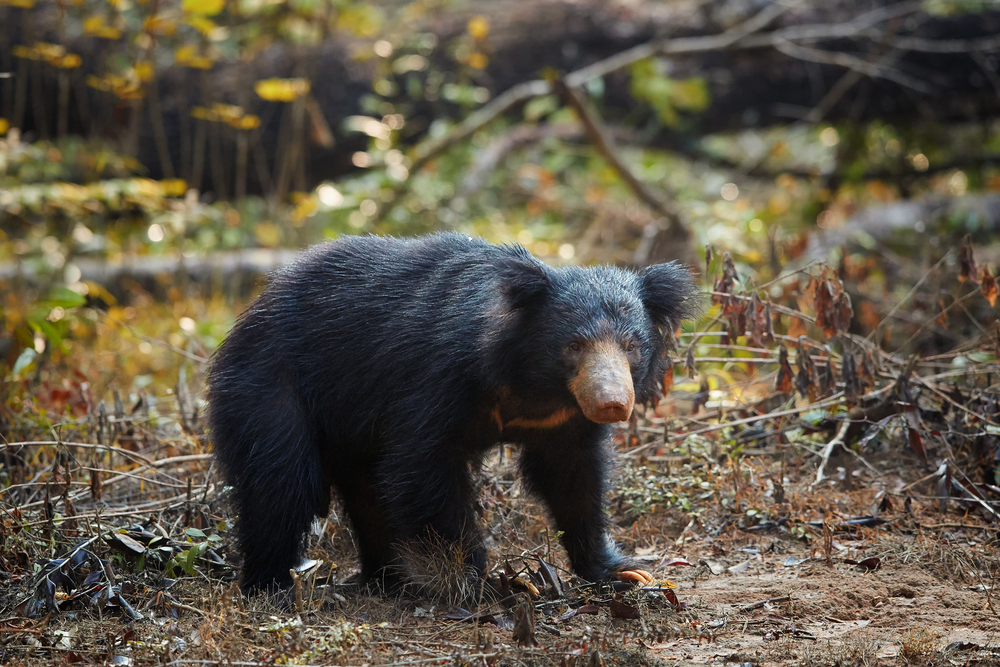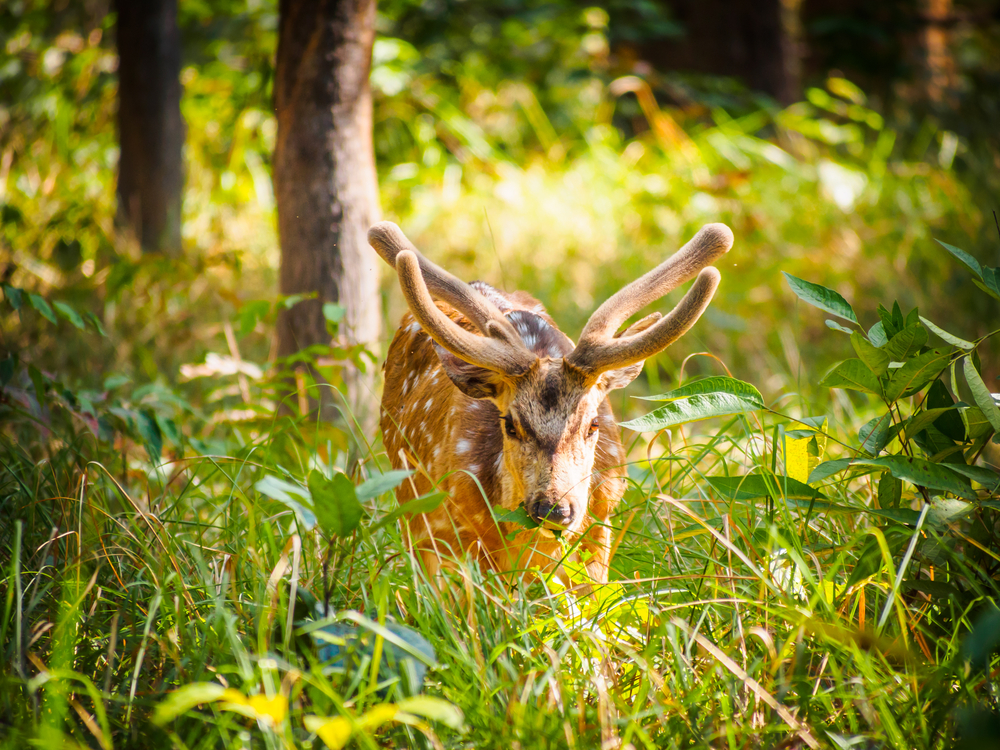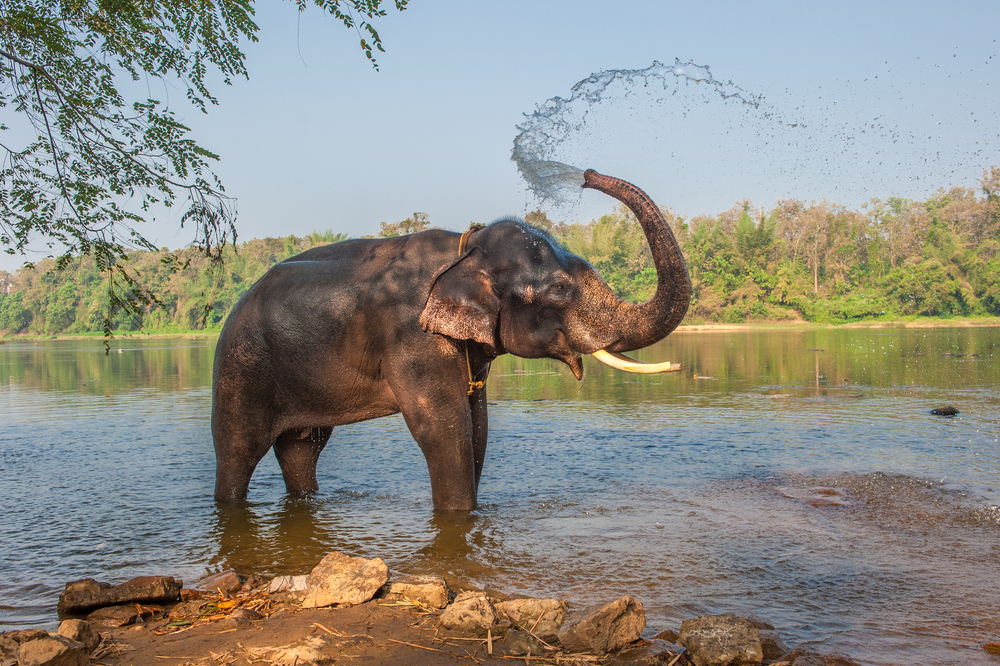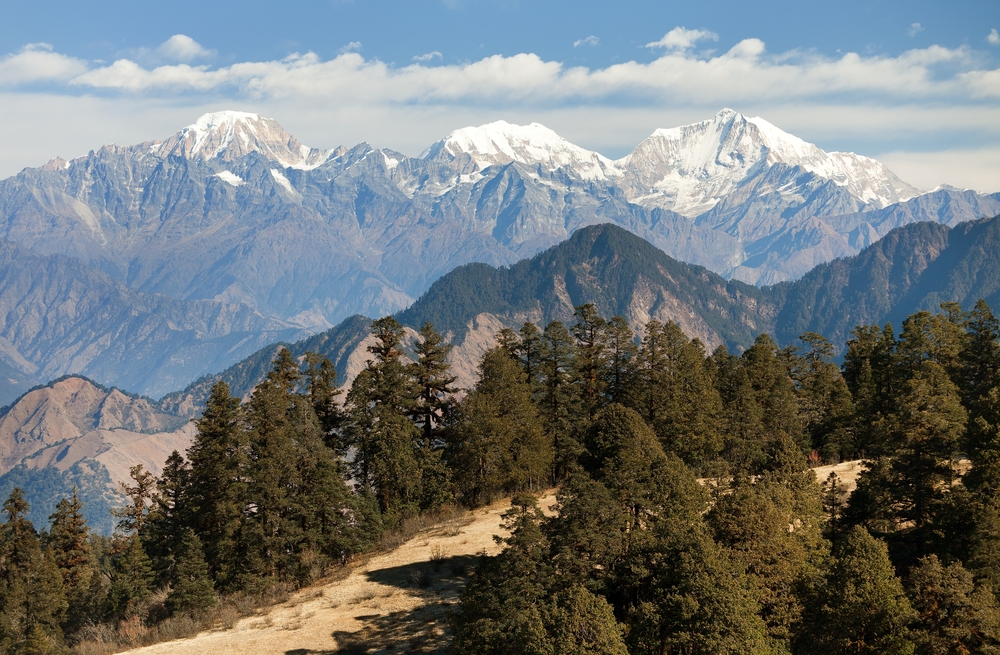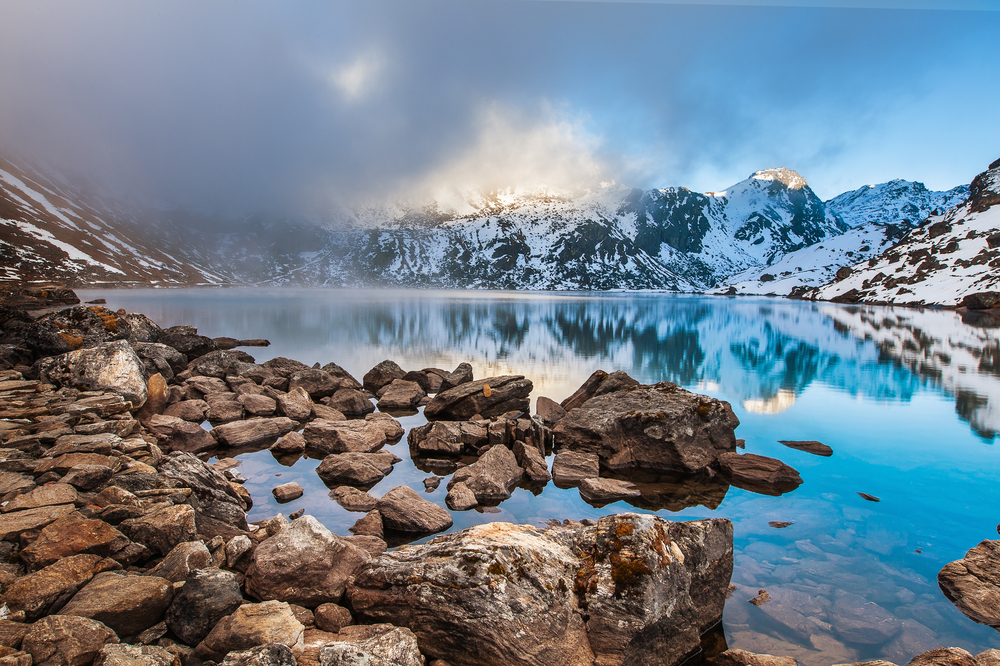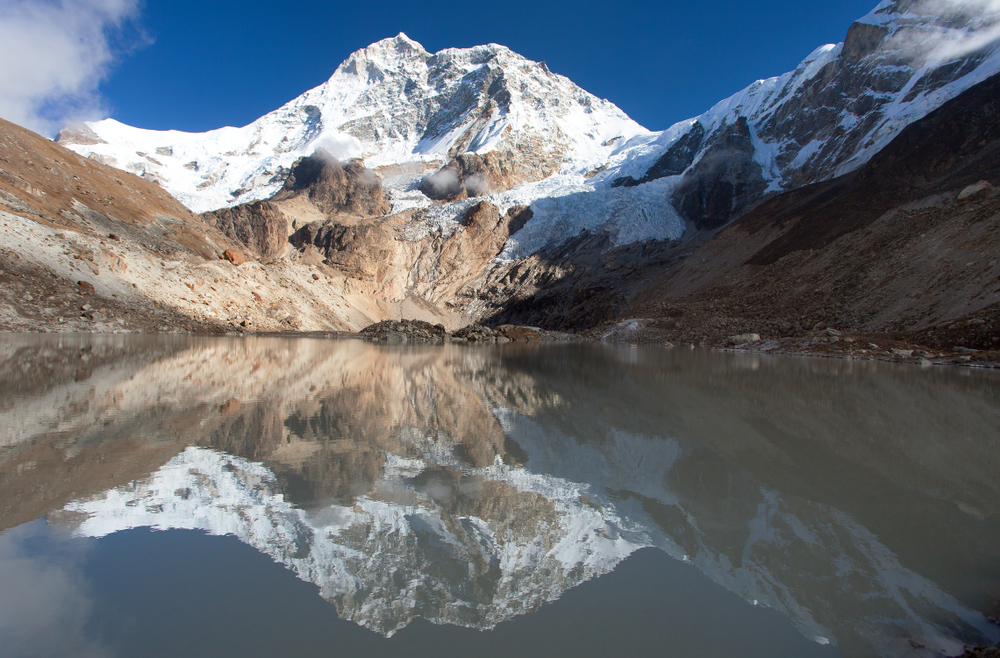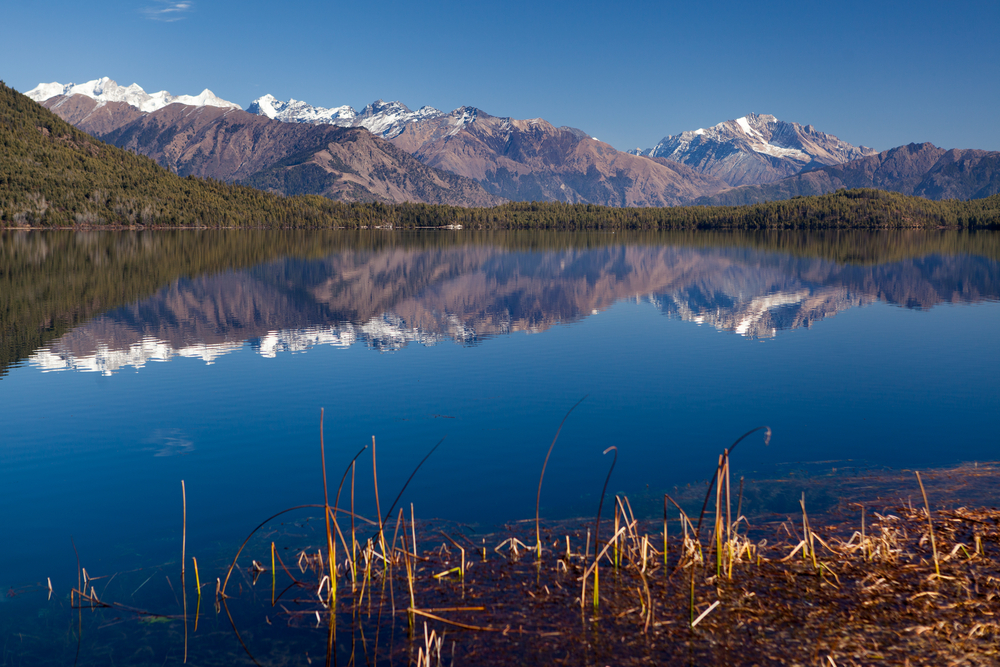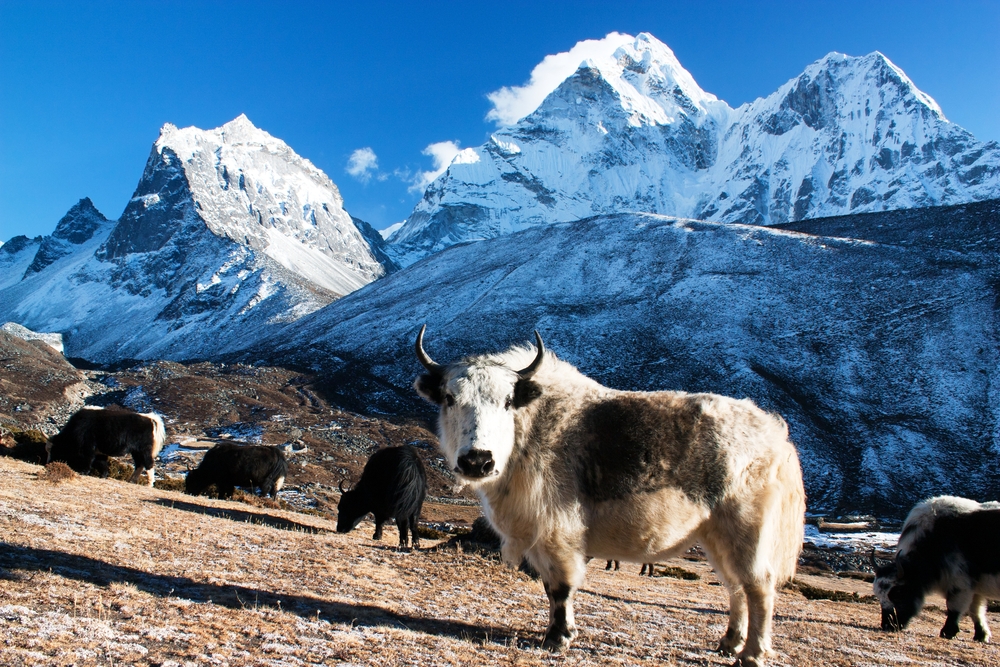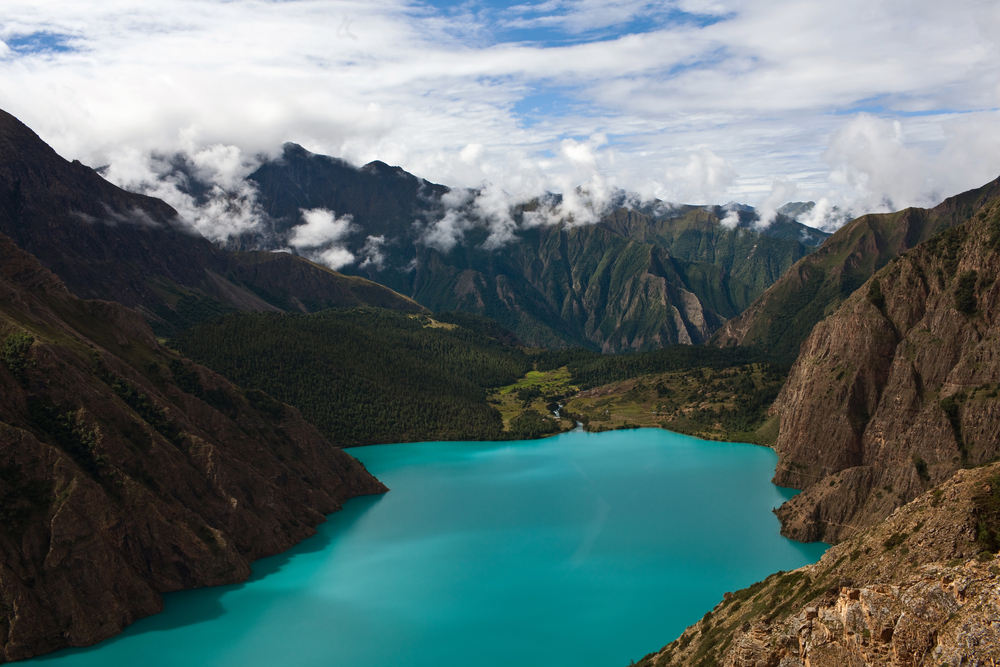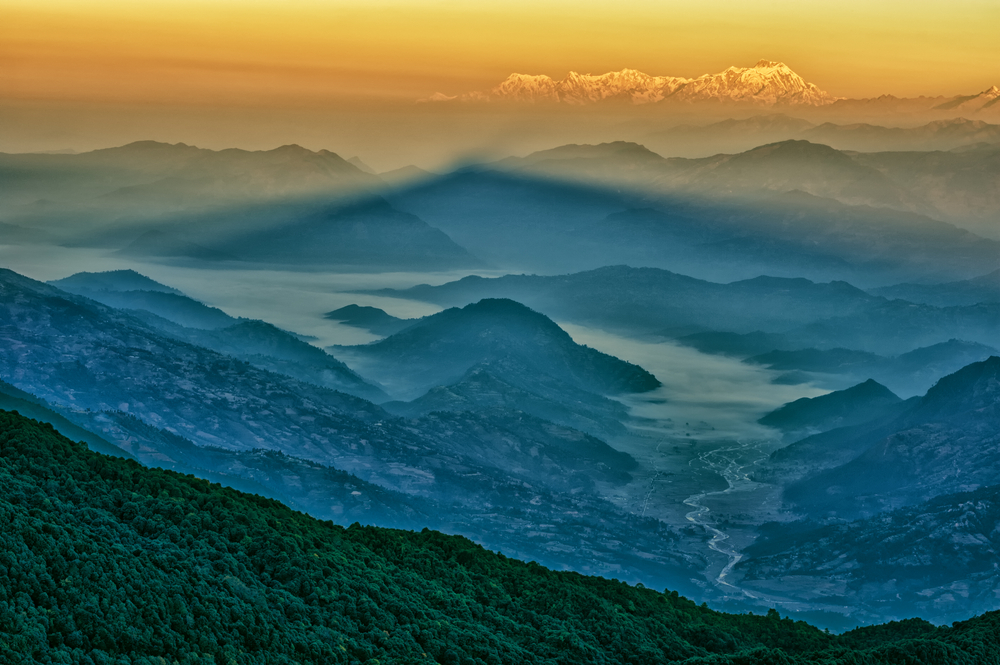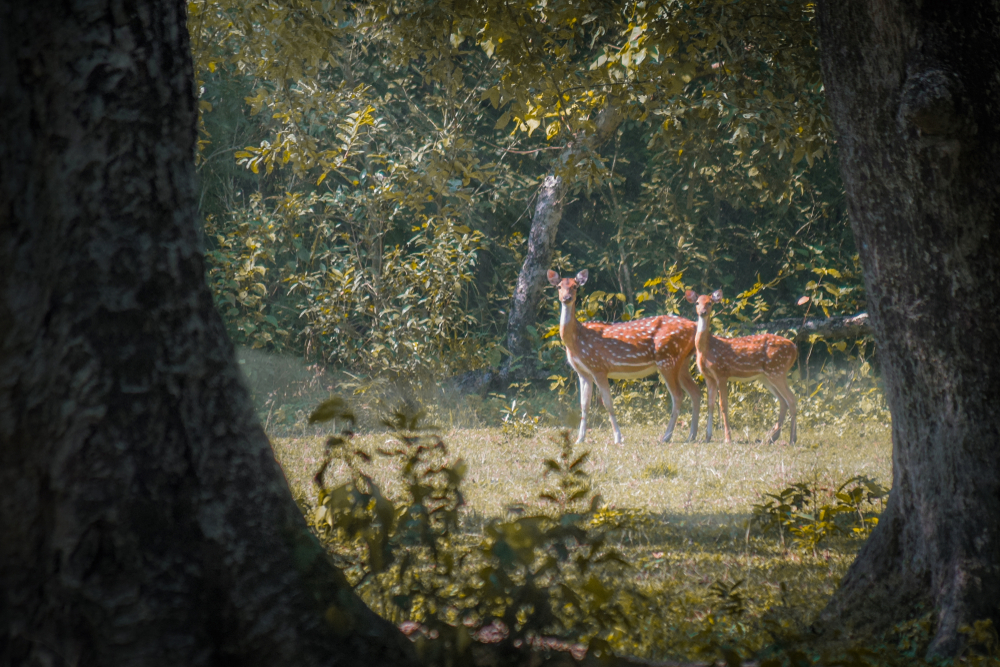Nepal, a country of stunning geographical diversity and cultural richness, is home to 12 officially designated national parks, each showcasing unique ecosystems ranging from tropical lowlands to high-altitude Himalayan landscapes. These national parks are vital for preserving Nepal’s incredible biodiversity, which includes some of the rarest flora and fauna in the world. The parks collectively serve as a refuge for endangered species like the Bengal tiger, red panda, snow leopard, and one-horned rhinoceros, while also protecting Nepal’s breathtaking natural beauty.
Among the most notable is Sagarmatha National Park, a UNESCO World Heritage Site that encompasses Mount Everest, the world’s tallest peak. Located in the Khumbu region, this park is a trekker’s paradise, offering awe-inspiring views of towering Himalayan peaks, glaciers, and deep valleys. Its alpine and subalpine ecosystems harbor unique wildlife such as the Himalayan thar, snow leopard, and a variety of birds like the colorful Himalayan monal. Sagarmatha is also significant culturally, as it is home to the Sherpa people and their centuries-old traditions.
Another must-visit is Chitwan National Park, Nepal’s first national park and another UNESCO World Heritage Site. Situated in the subtropical Terai lowlands, it boasts rich biodiversity, including the endangered one-horned rhinoceros and Bengal tiger. Dense sal forests, grasslands, and rivers create an ideal habitat for a wide range of species. Jungle safaris, canoe rides, and birdwatching tours are popular activities here, attracting both nature lovers and adventure enthusiasts.
Bardiya National Park, located in the western Terai, is often considered a quieter alternative to Chitwan, offering equally diverse wildlife in a more remote setting. It provides sanctuary to Bengal tigers, elephants, and gharials, along with over 400 species of birds. The park’s lush forests and meandering rivers make it a haven for wildlife conservationists and eco-tourists.
Langtang National Park, the first Himalayan national park in Nepal, combines natural splendor with cultural significance. The park, known for its picturesque valleys, snow-capped peaks, and dense forests, is home to the endangered red panda. Trekkers are drawn to its trails that weave through Tamang villages, offering glimpses of both nature and Nepalese heritage.
Shey Phoksundo National Park, located in the remote Dolpo region, is renowned for its pristine turquoise lake, Phoksundo, and rugged landscapes. Its isolation has preserved both its environment and the traditional lifestyle of local communities.
Despite their immense beauty and biodiversity, Nepal’s national parks face challenges like poaching, human-wildlife conflict, and the impacts of climate change. However, conservation efforts, including community-based projects and anti-poaching initiatives, have shown significant success. Nepal’s steady increase in tiger populations and the protection of rhinos are notable achievements, demonstrating the effectiveness of collaborative conservation approaches.
Scroll down for an Alphabetical List of Nepal National Parks










































































